How (and why) luxury brands are still using NFTs?
In recent years, NFTs have been a real buzzword and talking point for many people within our society. Everything from how the finance industry uses it for authentication, to top news and headlines in the press, or viral social media of Punks and Bored Apes taking over our feeds. What are those, right?
Deemed as the next era of the Internet, Web3 has brought many new aspects and tools to this ever-changing digital world we live in. Cryptocurrencies, NFTs, Ledgers, Decentralization of data, protocols and the blockchain are all tools and aspects that create this new world.
But it’s not just banks and finance that have adopted this new world and jargon, just like any new shiny technology it’s always there for the taking for any adventurous and courageous brands. In fact, the first early adopters have been retail and luxury brands that have jumped on the bandwagon with their own NFTs. Discover how brands are leveraging NFTs to create an immersive and engaging experience for their consumers. By using NFTs, brands can bring consumers closer to their ecosystem, creating unique and personalised interactions that foster a deeper sense of connection and loyalty.
The Basics of NFTs
Before we dive in, there are those who might have never stumbled across this terminology, let’s introduce some of these terms so they become more familiar to you.
What does NFT stand for?
A: Non-fungible token – (NFTs) [or s for plural: tokens]
What are NFTs?
A: They are a unit of data that lives on a blockchain.
What does that even mean?
A: Each NFT has a unique identification code that can’t be replicated or copied and metadata that can be linked to a variety of things to provide immutable proof of ownership. Think of an Excel sheet that you can’t even change a cell after the data has been inputted. Terrifying idea for any finance or project manager… I know!
What can the NFTs be used for?
A: They can be used for a variety of things, from verifying ownership, accessing paywalls or exclusive content, to the data being linked or stored on the blockchain. These span across digital images, songs, videos, and avatars, linked to physical items; such as luxury watches, cars, and yachts, or even used to give an NFT owner access to exclusive merchandise, tickets to digital or live events hosted by brands or celebrities.
How are NFTs different from cryptocurrency?
A: Cryptocurrency is the money, while NFTs are the goods or services you purchase on the blockchain.
What is Phygital?
A: Phygital is the element of both the physical and digital world. A marketing term that describes blending digital experiences with the physical ones, bridging both worlds together for customers.
The Good, Bad and Ugly side of NFTs
Whenever new technology reaches a level of adoption, it takes some time for society to collectively see the big picture — not just the benefits and perks. But the potential side effects. The digital revolution has resulted in seamless experiences and utility, but there’s always been some value exchange. In our case, that’s been directly linked to people making a boatload of money and many others losing out.
Most won’t be surprised that some association with the word “NFT” has been labelled with internet money, scams, Ponzi, and the rise of the next ‘Tulip Mania’. If we look at most of the top NFTs from a traditional artistic and digital art perspective, it currently looks like it’s in a dire state. For the ecosystem and your wallet or value of NFTs.
The NFT market crashed spectacularly in early 2022, along with other stocks and investments. Most of the top-performing digital art NFTs that have seen success and attention over the years are now down to all-time lows.
A new report by dappGambl has revealed that out of 73,257 NFT collections, only 3,462 have a market cap greater than 0 Ether. This means that 95% of those holding NFT collections, which is equivalent to 23 million people, have essentially worthless investments. The report analyzed data from NFT Scan and CoinMarketCap.
But is there a silver lining?
Luxury Brands are still using NFTs
Luxury brands are not shy when it comes to adopting new technology, as the fear is always missing out on the next wave where the customers are. It’s better to be first in this case than last.
In this new era, users become stakeholders and receive some of the value they help create. For luxury brands, Web3 and NFTs means creating new ways to engage with customers and share their brand values through collaboration and incentives. This article explores successful projects that utilise NFTs for digital possessions and digital spaces to engage their communities and craft stories that create a positive impact for both consumers and brands.
Hennesy x Café 11
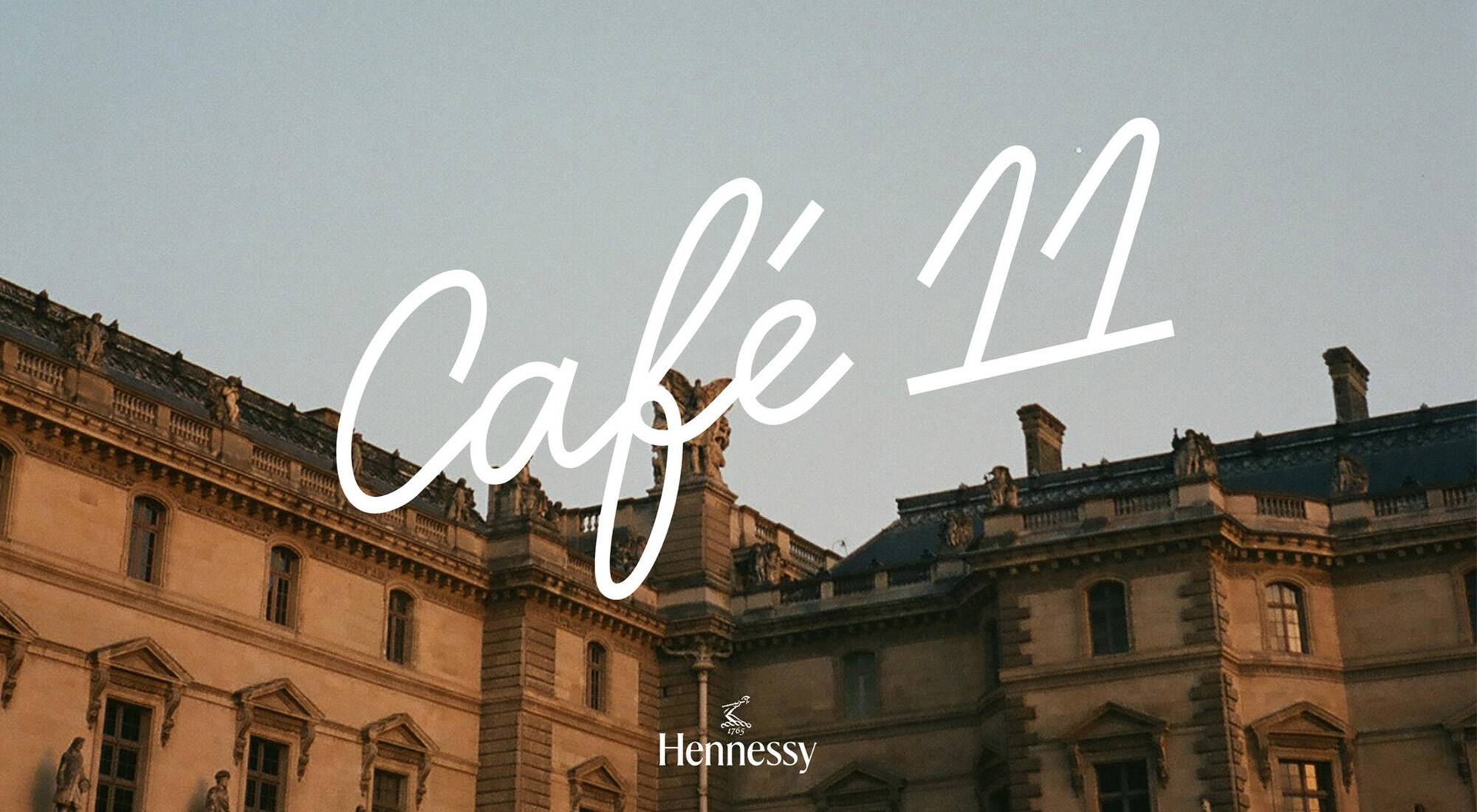
Maison Hennessy teamed up with Friends With Benefits DAO to create Café 11. A cultural innovative web3 partnership that established a unique social club of the future.
Termed as Café 11, it is a new club that has merged a DAO (Decentralized Autonomous Organization) and an iconic luxury brand. Taking inspiration from the 1920s Parisian artist cafés, members get exclusive cultural experiences in exceptional places. It reimagines social gatherings, inspired by chance encounters of the past. Hennessy is the first luxury brand to join a DAO initiative, with events unveiling the new space.
During Art Basel in Miami Beach, they allowed people to mint the NFT, announcing a pop-up event for holders where they would get to indulge in a multi-day experience. The DAO invited Café 11 members to take part in Hennessy cognac tastings, culinary events, cultural programming and much more.
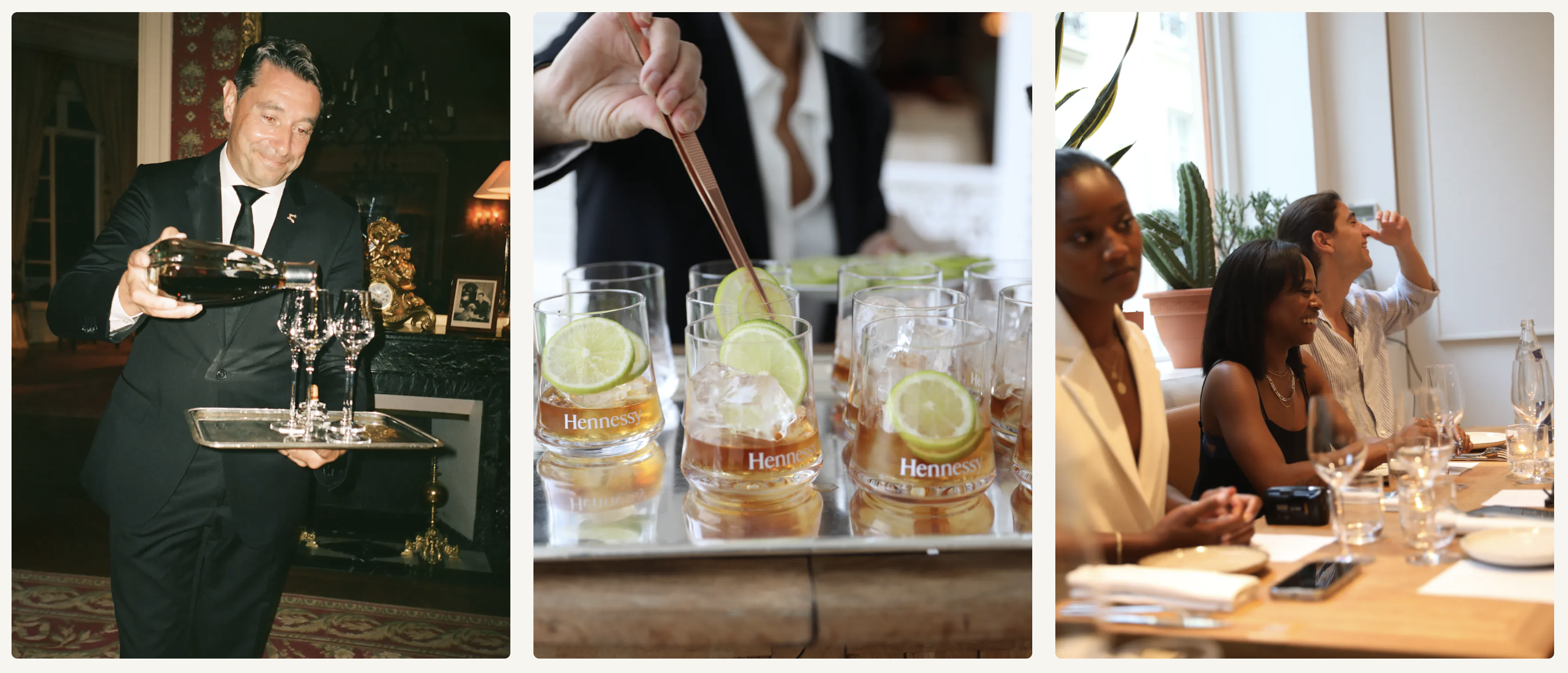
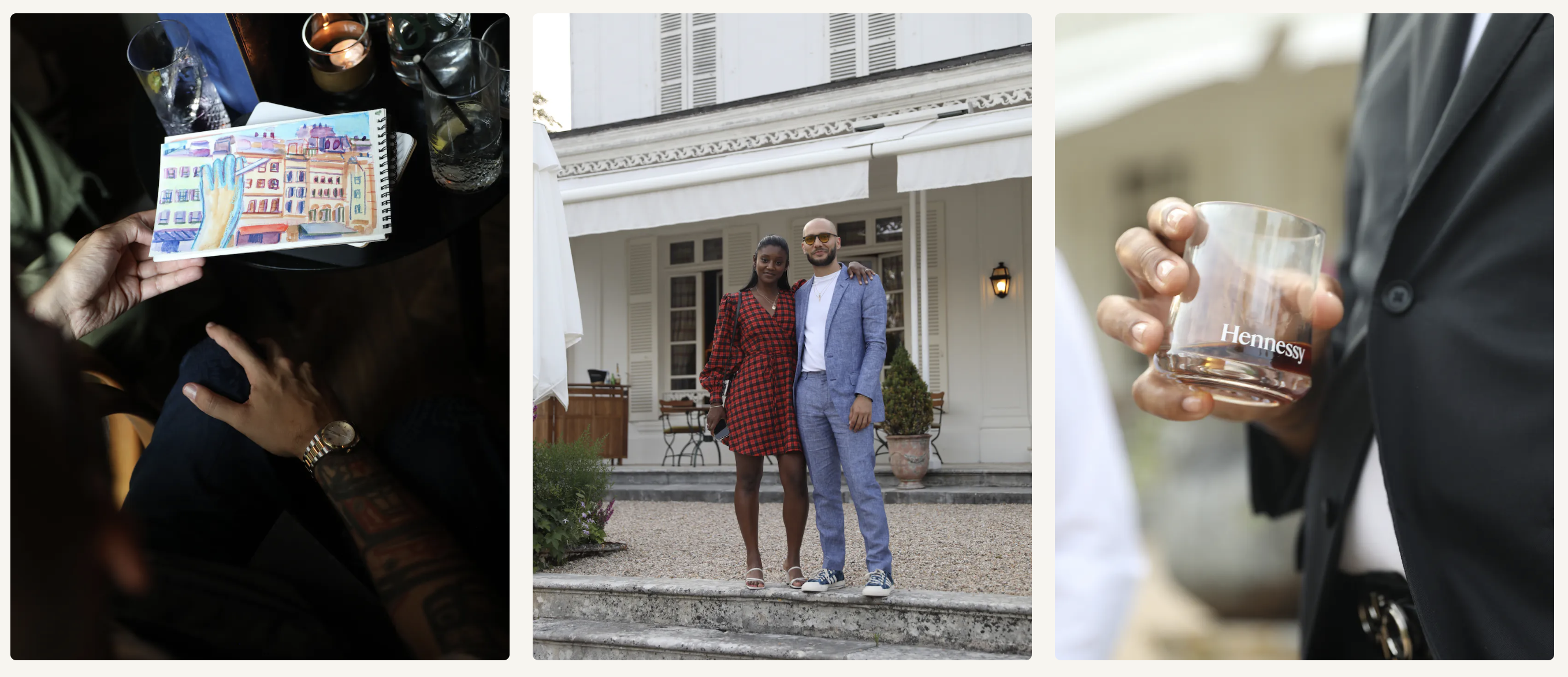
The membership also includes an original NFT proof of purchase from a renowned artist and early access to other launches, drops and events. The pop-up event was an excellent way to build up anticipation, hype and a different angle to your traditional rich-list type meet-ups. With more branded and elusive in real-life pop-up events, bringing culture to the forefront.
Burberry
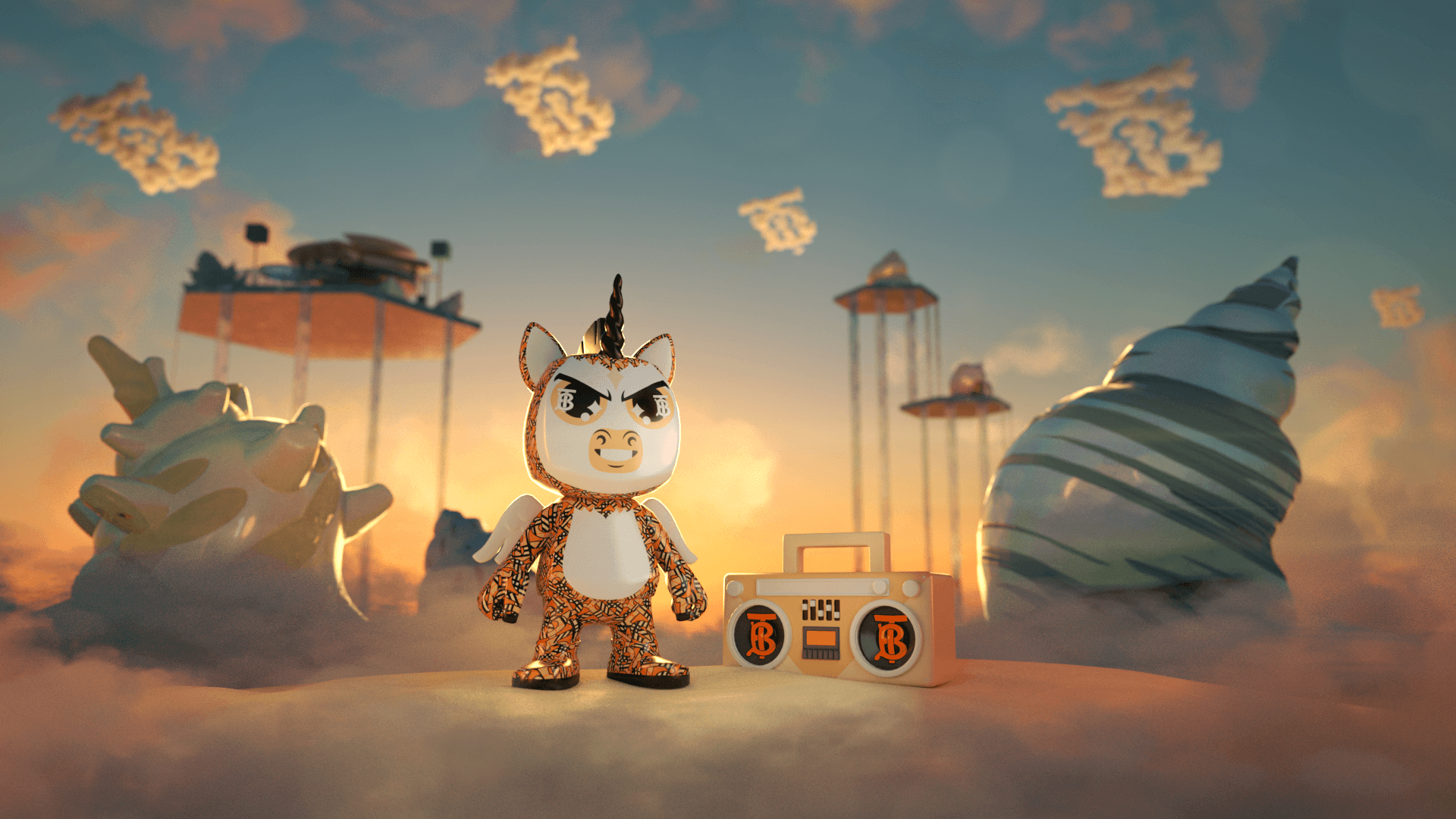
Burberry integrated NFTs into their consumer eco-system as early as 2021.
Burberry entered the world of NFTs by first launching a limited-edition collection of phygital NFT toys – short for “physical-digital NFTs”, referring to a concept that combines physical objects with digital ownership – in collaboration with the Blankos Block Party open-world game.
With its vibrant and dynamic setting, this innovative game offers a truly unique experience when it comes to the digital realm. Players can compete in fun and interactive mini-games with their friends while collecting and blending digital vinyl toys known as Blankos. It’s a world that Burberry promises will be full of possibilities, where creativity knows no bounds.
Burberry has introduced its first Blanko with a shark character named Sharky B. The launch was accompanied by the release of a few limited-edition accessories. The prints were created to celebrate Burberry’s TB Summer Monogram collection and were inspired by the spirit of summer and adventure.
To maintain exclusivity, only 750 of the Sharky B Blankos were released. Initially, they were priced at $299.99 per Blanko or 30,000 Blanko Bucks with in-game currency. The accessories, which included a Jetpack, Arm Bands, and Pool Shoes, were priced within the range of $25 to $100, making them more accessible.
In 2022 Burbbery double-downed on the NFT world, with the two partners releasing a second NFT drop featuring a character called Minny B.
While these NFT drops do not exclusively offer wearable items, each digital character is designed with Burberry’s signature prints and texture, reflecting the brand’s style.
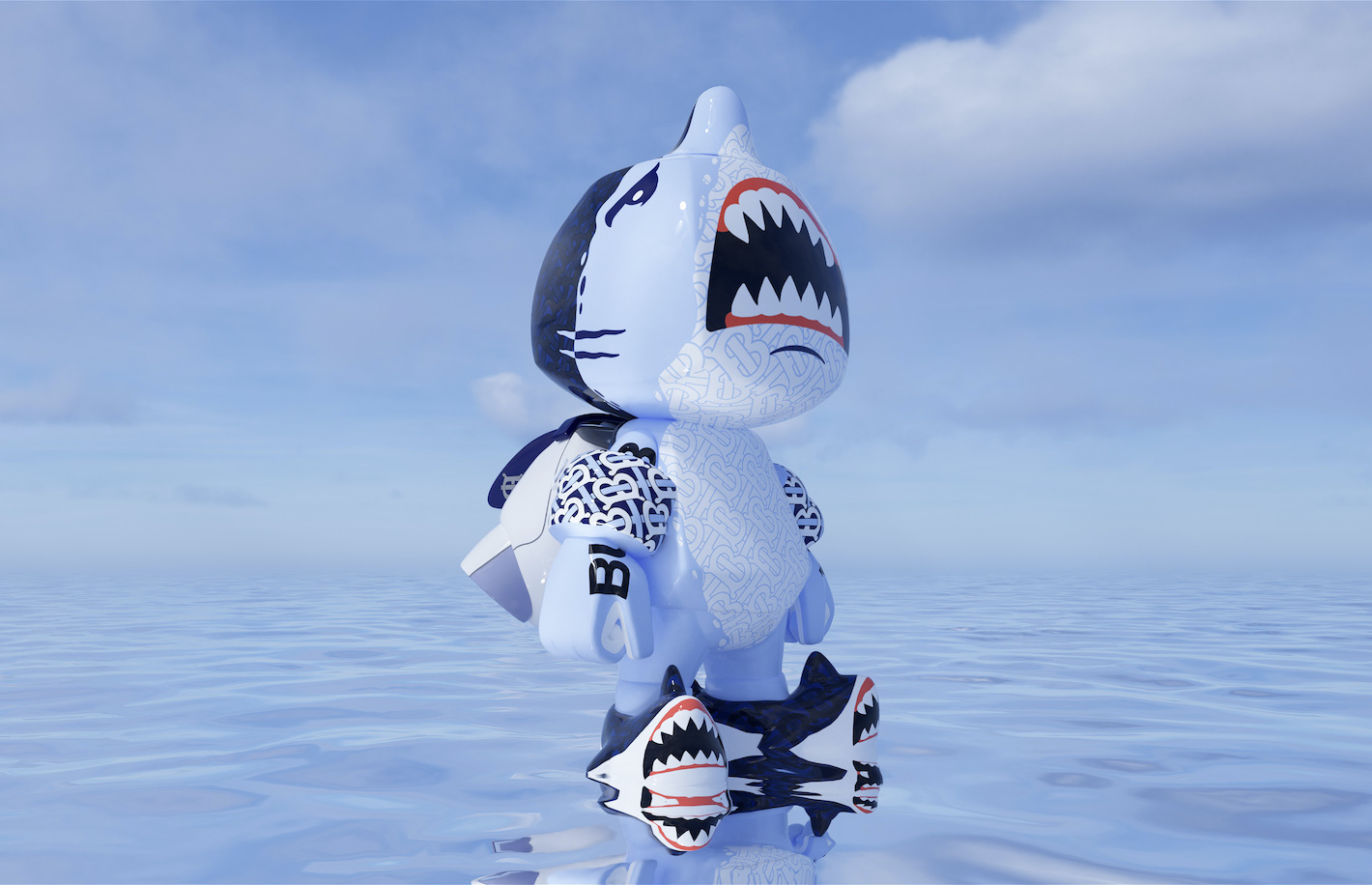
Gamification has been at the forefront of these campaigns, playing on similar experiences that typical gamers have with console and computer games. Buying skins, and adding accessories all enable them to put their own style and look on the characters in this virtual world.
Burberry is making efforts to merge the digital and physical worlds by launching a “social retail” store in Shenzhen, China. This store offers a combination of a boutique, a cafe, and a virtual playground. The store’s launch marks a shift in the brand’s approach to how they interact with customers both online and offline.
Louis Vuitton
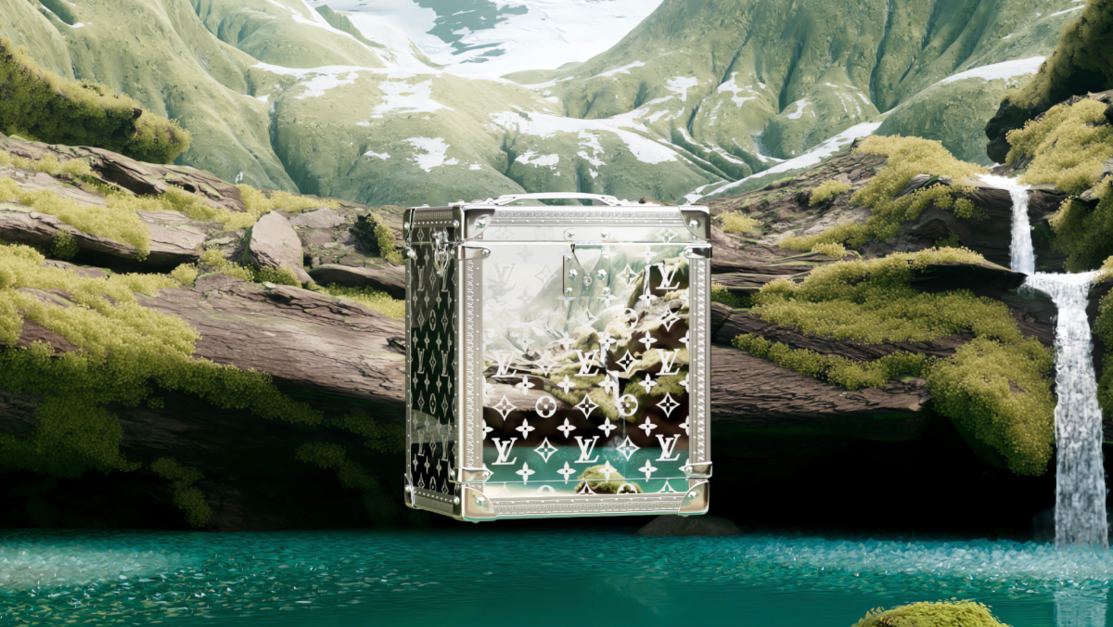
Louis Vuitton (LV) was one of the first global fashion brands to dip its toes into blockchain and use blockchain technology, allowing users to verify their luxury goods. Aura, a blockchain-powered platform, was used to track the LV Diamonds collection.
That’s not all, to celebrate the 200th anniversary of the Louis Vuitton brand, it released its own mobile game where players can search and collect NFTs. At the centre of ‘Louis, The Game’ lies a quest that pays tribute to the journey of the brand’s founder. Its main attraction to users is the artistic aspect, which incorporates advanced blockchain technology and features 30 NFTs.
Among these, ten have been designed by the most renowned digital artist Mike ‘Beeple’ Winkelmann, who set a new record for the most expensive digital artwork back in March 2021 with Christie’s.
In 2023, Louis Vuitton was still a strong participant within the NFT space – with the launch of its Mystery Box. The fashion house released its iconic trunks as NFTs, embracing the trend of physical-backed NFTs we mentioned earlier in the article. Louis Vuitton’s VIA is a limited-edition treasure trunk that blends both physical and digital experiences. Each trunk costs around $41,600 and contains mystery boxes that are available only to specific buyers. These mystery boxes feature exclusive physical and digital creations that are revealed through digital keys. The keys are released at regular intervals to maintain the element of surprise.
As a way to educate new consumers in the digital-first age, while paying homage to its rich brand history, this NFT mystery box concept has become a treasure trove of commercial and marketing opportunities for luxury brands such as Louis Vuitton. The only downfall is its price tag that only HNWIs or the 1% can indulge in. With an eye-watering price tag of $42,000 to take part in, it becomes a very exclusive club to engage its most prestigious and elite set of customers. While these price tags won’t hurt the purse strings for these customers, they open up another playful world, where exclusivity, fun and gamification all blend into one customer experience.
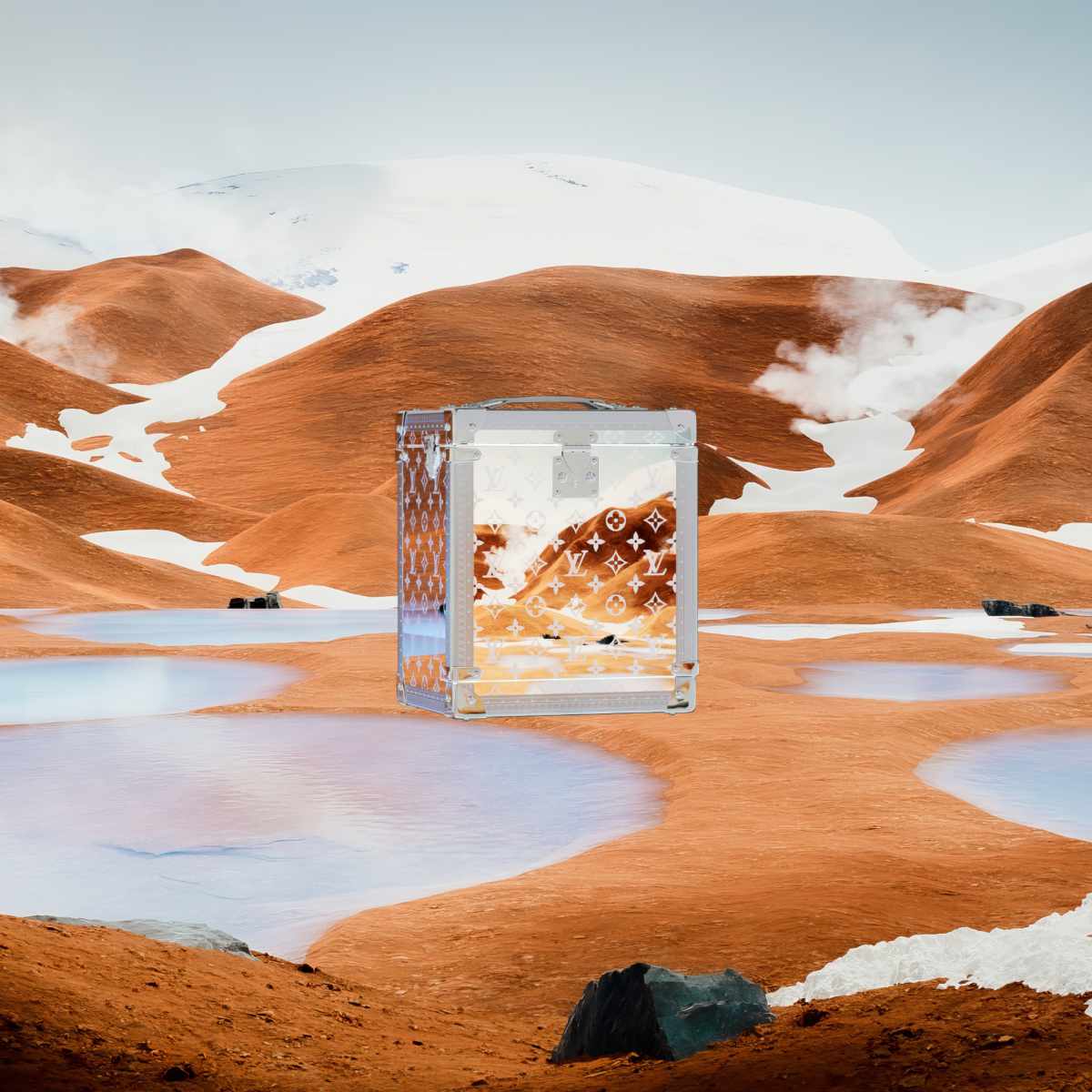
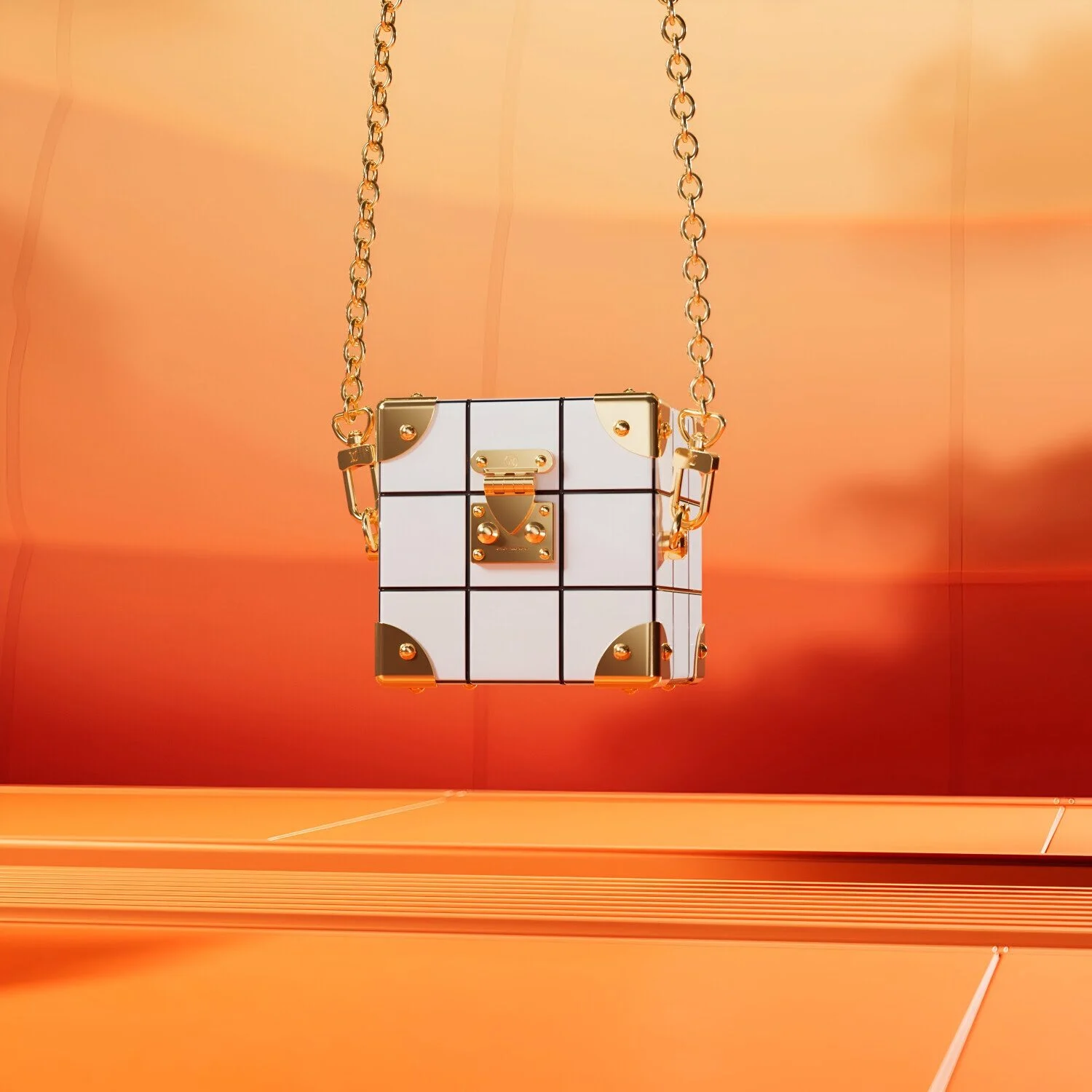
In September, during the spring/summer 2024 fashion show, LV introduced a unique collection of fashion pieces called the Tile Trunk. These exclusive Phygital pieces were designed by Nicolas Ghesquière and limited to only 200 NFTs. The trunks come with a price tag of €6,000 each, making luxury and rarity more accessible for LV fans.
In Summary
Luxury fashion brands are increasingly tying NFTs to real products and experiences rather than marketing them as standalone digital goods.
The world of luxury is still embracing the NFT revolution, integrating these digital tokens into their ecosystems in innovative and new ways. NFTs have transcended from their origins in the finance, transaction and payments industry and are now a focal point for luxury brands looking to engage with their customers in new and exciting ways.
Blockchain-based digital assets have a unique identification code and provide immutable proof of ownership, making them ideal for verifying authenticity and granting exclusive access to premium content and experiences for customers. Both are great for brands and their elite list of customers.
While the NFT market has faced a significant crash in early 2022, luxury brands remain undeterred, recognising the potential of NFTs in building stronger customer relationships.
Brands like Hennessy, Burberry, and Louis Vuitton have pioneered and showcased NFT projects that go beyond mere digital collectibles. Combining the physical and digital realms to create immersive experiences for their clientele, in real life and the virtual realm.
From exclusive cultural events and limited-edition accessories to interactive games and treasure trunks, these brands have redefined luxury by harnessing the power of NFTs to deliver value and engagement to their elite customer base. As luxury fashion brands continue to integrate NFTs into their offerings, they are reshaping the landscape by bridging the gap between the digital and physical worlds, opening up new avenues for creativity, exclusivity, and gamification within the luxury industry.
Image Source
- Hennessy x Cafe 11
- Burberry Press Release
- Louis Vuitton Trunks NFTEvening
